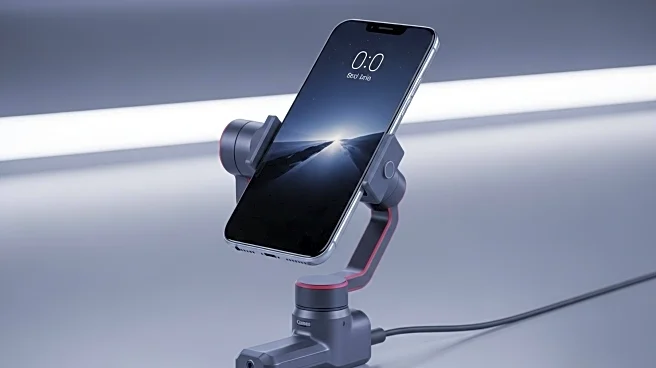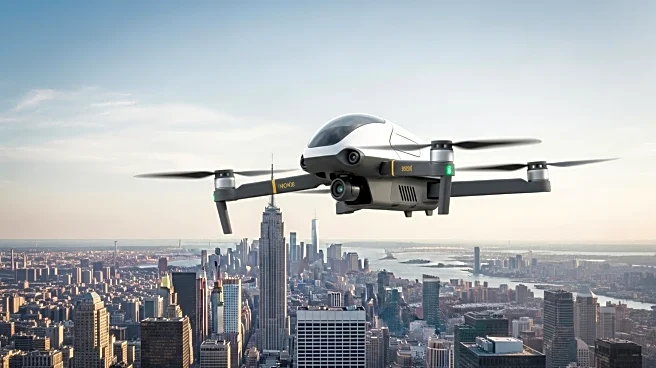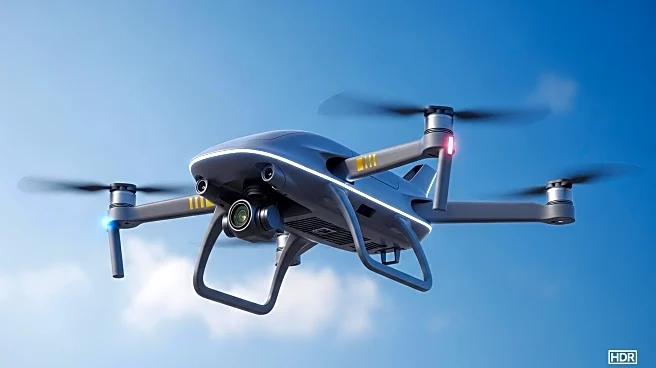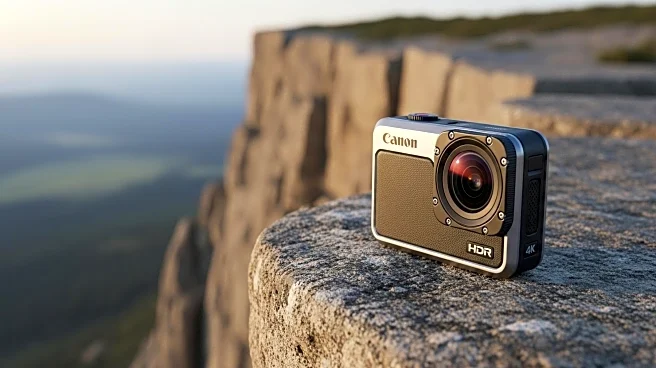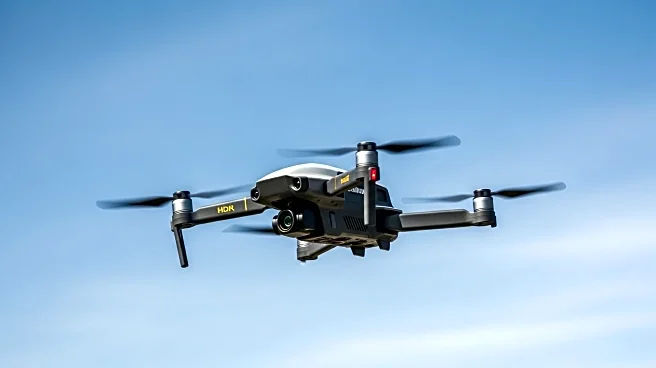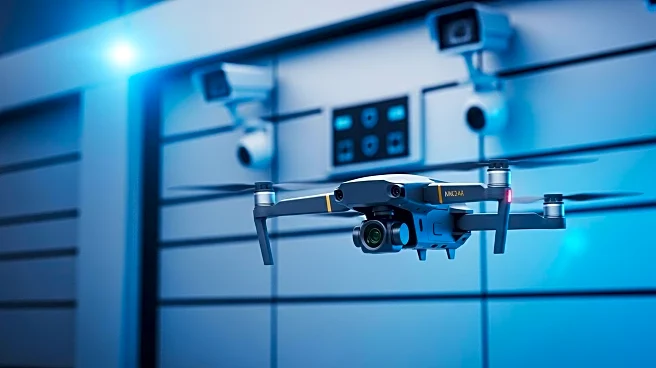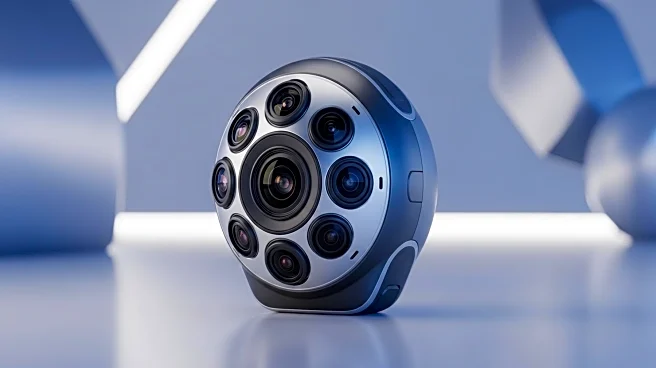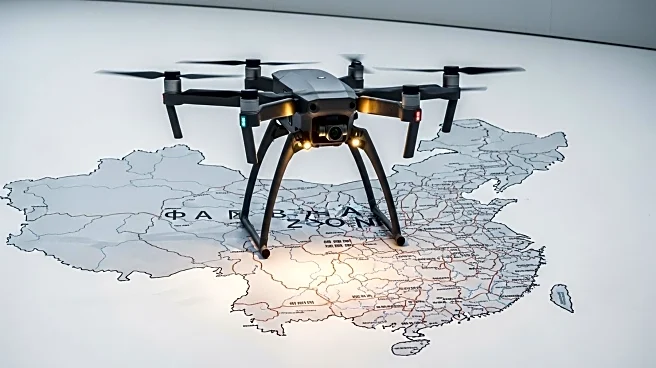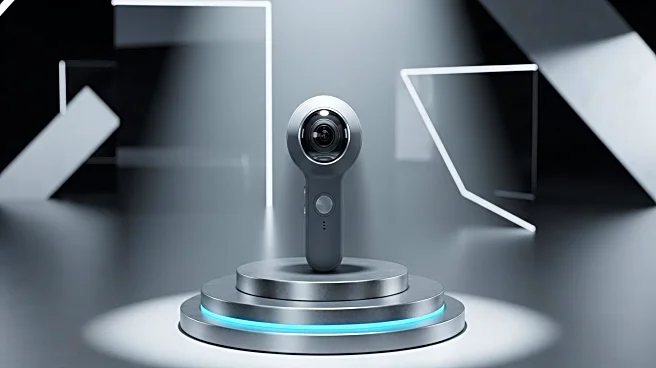What's Happening?
HoverAir has unveiled its latest innovation, the Aqua, a waterproof 'self-flying' drone designed for various applications. The Aqua model features a bright orange design and is equipped with a 'lighthouse' controller for precise navigation. It can correct its orientation even if launched upside down and is capable of recalibrating its range autonomously. The drone boasts a 23-minute battery life and can withstand winds up to 38 miles per hour. It supports 4k video recording and offers 128 gigabytes of storage. The Aqua is priced at approximately $1,000 and is expected to ship later this year.
Why It's Important?
The introduction of the Aqua drone by HoverAir represents a significant advancement in drone technology, particularly in terms of durability and autonomous capabilities. Its waterproof design and self-correcting features make it suitable for a wide range of environments and applications, from recreational use to professional filming. The drone's ability to operate in challenging conditions could expand its market appeal and set a new standard for consumer drones. This innovation reflects the growing demand for versatile and user-friendly drones, which could drive further developments in the industry.
What's Next?
HoverAir plans to begin shipping the Aqua drone later this year, following its successful pre-order campaign. The company will likely focus on marketing the drone's unique features to both consumer and professional markets. As the drone industry continues to evolve, competitors may seek to develop similar waterproof and autonomous models to capture market share. The success of the Aqua could influence future drone designs and encourage further innovation in the field. Additionally, regulatory considerations may arise as drones with advanced capabilities become more prevalent.
Beyond the Headlines
The Aqua drone's launch highlights the increasing sophistication of consumer drone technology and its potential impact on various industries. As drones become more capable and accessible, they may play a larger role in fields such as agriculture, environmental monitoring, and emergency response. The development of autonomous and durable drones also raises questions about safety, privacy, and regulatory oversight. As the market grows, stakeholders will need to address these challenges to ensure responsible and beneficial use of drone technology.

